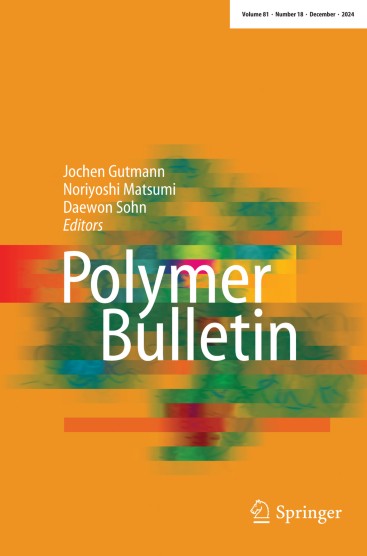The optoelectronic device with high efficiency for the incidence photons based on silver iodide/poly-2-aminobenzenethiol-intercalated iodide ion nanowire composite
Abstract
The optoelectronic light sensor device (photodetector) is fabricated using a composite of silver iodide and poly-2-aminobenzenethiol-intercalated iodide ion nanowires (AgI/P2ABT-I NW-C). This device boasts a straightforward fabrication process consisting of only two steps and is characterized by promising nanowires that indicate a high density of active sites. This feature contributes to achieving a desirable bandgap of 1.92 eV. The optoelectronic devices exhibit exceptional sensitivity and efficiency across a range of photon frequencies and energies, from 3.6 to 2.3 eV. Particularly noteworthy is their performance under the influence of high kinetic energy photons within this range. The responsivity (R) and detectivity (D) values demonstrate a consistent behavior, declining linearly from 0.96 to 0.90 mA/W and from 0.21*109 to 0.20*109 Jones, respectively. Moreover, the corresponding photocurrent (Jph) values for photons with energies between 3.6 and 2.3 eV fall within the range of − 0.094 to − 0.089 mA.cm−2. These promising results recommend the application of this optoelectronic device in both industrial and commercial sectors. Its ease of fabrication and cost-effectiveness further enhance its appeal for widespread adoption. With its impressive sensitivity and efficiency characteristics, the device holds considerable promise for various applications, ranging from advanced industrial processes to consumer electronics.

 求助内容:
求助内容: 应助结果提醒方式:
应助结果提醒方式:


